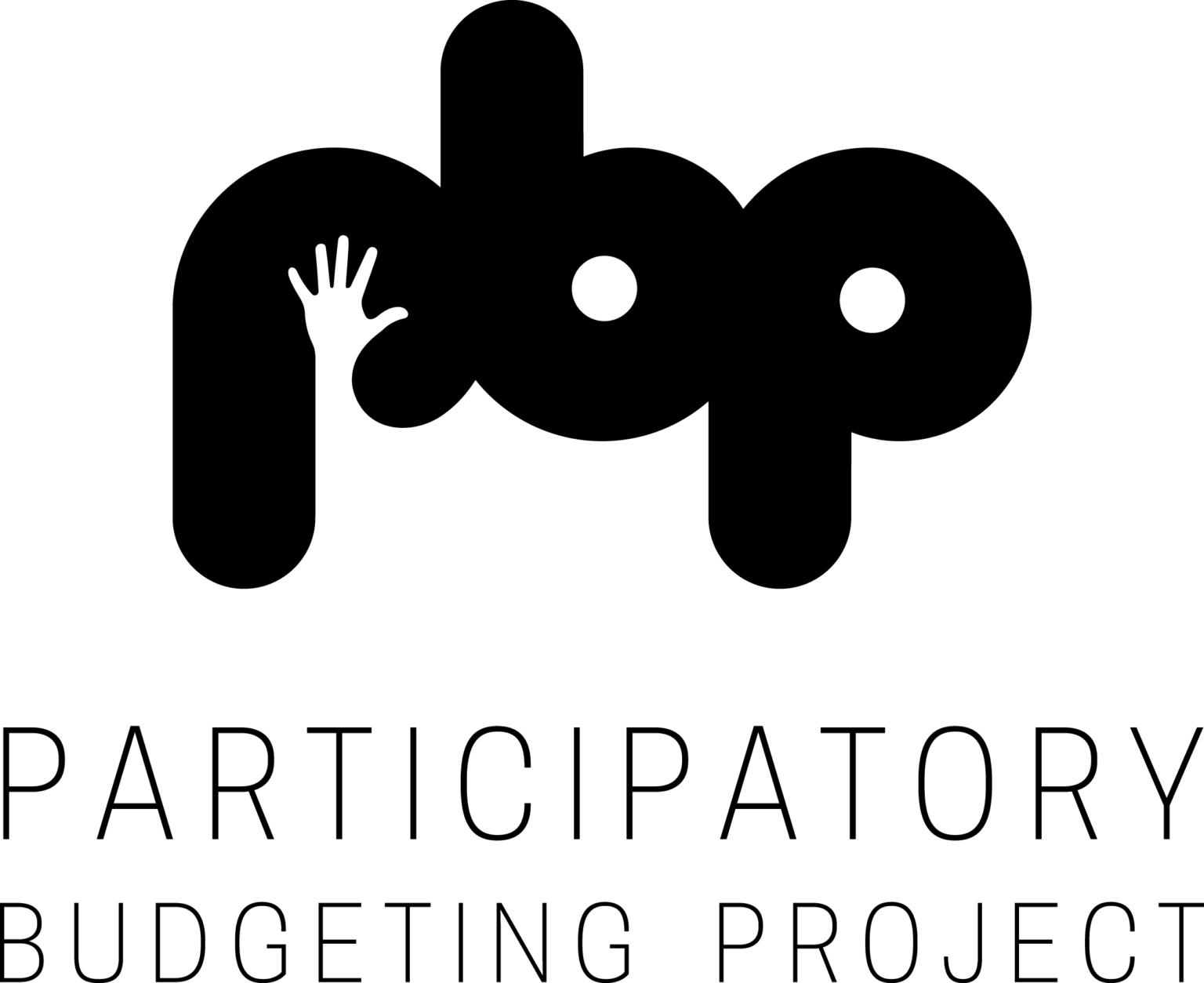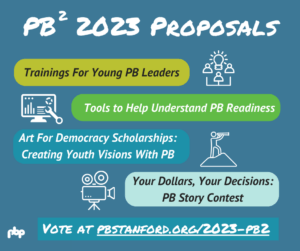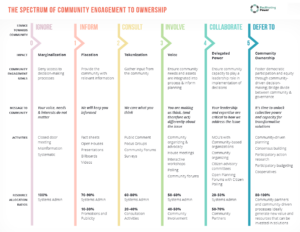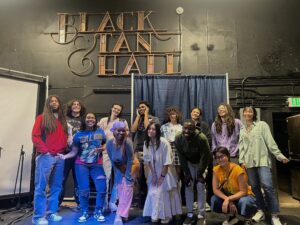Thea Crum is the Director of the Neighborhoods Initiative at the Great Cities Institute, University of Illinois at Chicago, and has handled research and evaluation for participatory budgeting (PB) in Chicago, including at Sullivan High School. Michael Menser is a Professor at Brooklyn College, CUNY, and helped bring PB to NYC and his college, and is President of the PBP board. They joined the PB Network for its bi-monthly PB Network Study Session to share some of their lessons learned.
Trying to get people excited about something that they’ve never heard of isn’t easy. In forging new ways to build democracy, we have to do things differently. This makes it hard to get people interested in participatory budgeting, especially when we’re usually pretty comfortable with how things have been. If you get over that hurdle, all the energy that you’ve built up to get PB started may slow down if you get stuck trying to reinvent every wheel.
The experiences from PB in schools give us ideas for how to make it a little easier to start and continue new participatory budgeting processes more generally. Rather than starting from scratch, school PB in both Chicago and CUNY-Brooklyn College built on what was already there to help make things easier and faster.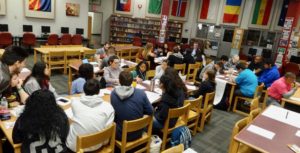
Sullivan High School is in the 49th Ward of Chicago, where Joe Moore first brought PB to the US. Despite tough financial times for education, Principal Chad Adams worked with Embarc and Mikvah Challenge to bring PB to Sullivan. CUNY-Brooklyn College is in the New York City’s 45th City Council District, where Jumaane Williams was among the first to bring PB to NYC. At Brooklyn College, staff and faculty came together to improve how fees and budgets were spent.
Meet people where they’re at
Brooklyn College is a commuter school – one of the few places you can catch students is in class. So PB at CUNY held many of the assemblies in classes. Organizers would come to individual classes to do short presentations and facilitate the group discussions in the process. Student government worked with the administration to vet the proposals and create the ballot. The vote was then held at the same time as student government elections. Winning projects include wi-fi upgrades, a bus stop for students with disabilities, and student lounge space (which is scarce on the crowded campus).
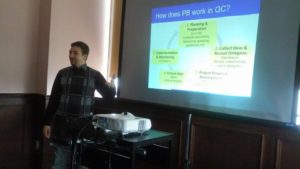 Since high school students are also busy, Sullivan held PB assemblies and voting in classrooms, as well as during lunch periods. Working PB into the school day allows students who have after-school commitments like work or sports to participate, and makes school PB more inclusive by design. Actively reaching out to students where they are helps bring in those who might otherwise be missed. At both Sullivan and Brooklyn College, PB helped bring together a broader sense of community among students.
Since high school students are also busy, Sullivan held PB assemblies and voting in classrooms, as well as during lunch periods. Working PB into the school day allows students who have after-school commitments like work or sports to participate, and makes school PB more inclusive by design. Actively reaching out to students where they are helps bring in those who might otherwise be missed. At both Sullivan and Brooklyn College, PB helped bring together a broader sense of community among students.
Use what you’ve got, institutionalize it
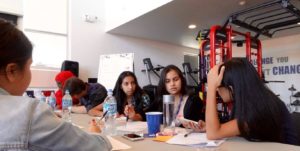 Rather than try to attach PB to the already busy school day, Sullivan went a long way to try to align PB into school-district level curriculum. PB is something that’s relevant for a wide variety of courses that students might be interested in – civics, history, philosophy, business, Latin American studies, mathematics, geography, political science – you name it. By building PB into the curriculum, teachers can more easily use classroom time for PB, and using it as a learning experience. This also helps build district-level support for the process. While tight budgets haven’t allowed the process to continue, many are interested to bring PB back to Sullivan.
Rather than try to attach PB to the already busy school day, Sullivan went a long way to try to align PB into school-district level curriculum. PB is something that’s relevant for a wide variety of courses that students might be interested in – civics, history, philosophy, business, Latin American studies, mathematics, geography, political science – you name it. By building PB into the curriculum, teachers can more easily use classroom time for PB, and using it as a learning experience. This also helps build district-level support for the process. While tight budgets haven’t allowed the process to continue, many are interested to bring PB back to Sullivan.
Menser and Crum noted that integrating PB into school curriculum is a challenge in its own way. Curriculum is difficult to modify and PB generally involves sharing power with students in a way that administrators and teachers may not be used to. But PB also encourages a more democratic and engaged pedagogy that develops students deliberative skills and enables them to learn about and from each other. Those on the call lifted up the valuable learning opportunities that PB provides for students, teachers, and administrators.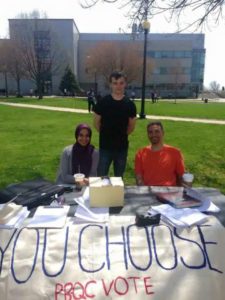
While every place is different, PB in schools demonstrates that when trying to build something new, finding ways to connect it to what already exists can make it a little easier to build momentum and keep PB going into the future. What already exists in your school or neighborhood that would make starting PB easier for you?
Interested in bringing PB to your school?
- Download the PB in Schools Guide and make it happen in your school
- Email Shari to learn about the PB Network to join us on future webinars

